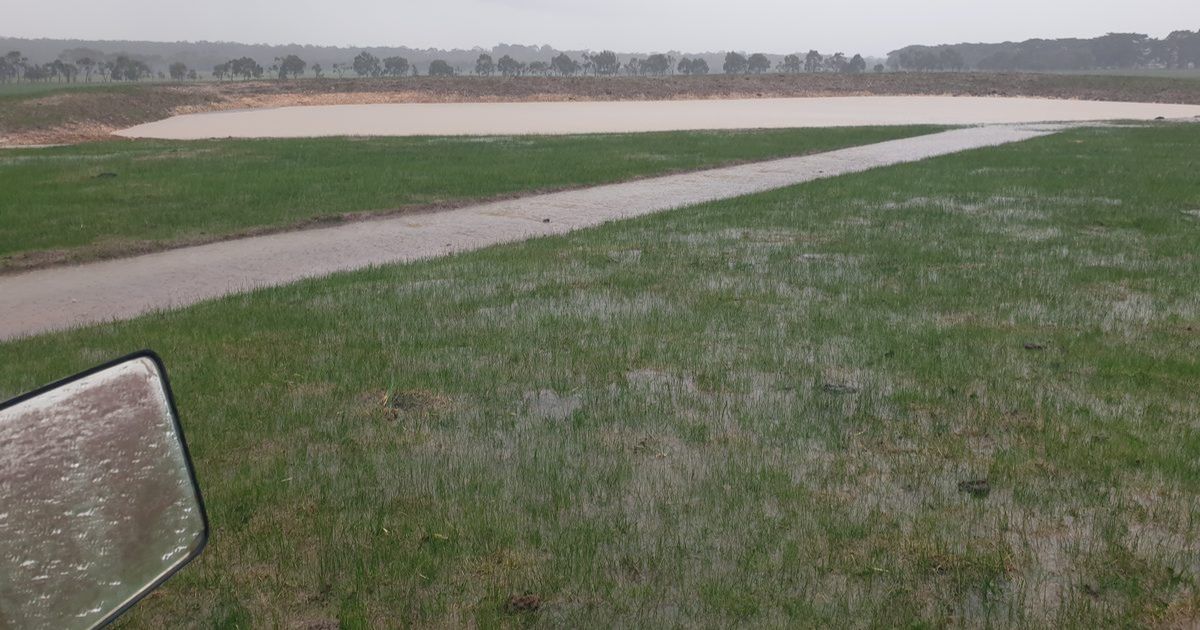From dust to mud
THE rain has arrived, with reports of up to (and in some places over) 100mm recorded.
The dust has now become mud in places, with farmers seen sowing out in the paddocks late Friday evening into Saturday when the deluge hit.
Undulating land has coped reasonably well with the deluge but some crops on the lower flat cropping country are under water, and anyone with clay country will be parked up to spring.
With the rain, the cold has come, and livestock are hungry, making it a tough winter to get through as local hay prices bounce up over the $300 per roll, or nearly $1,000 per ton.
Although dams have been replenished, and water security is stable, farmers are facing the toughest winter in history coming off the back of two low rainfall years that depleted hay supplies in Victoria to almost zero.

Some farmers pulled the pin some months ago and offloaded much of their livestock to focus on desilting dams and sowing fodder crops to replenish their hay and silage supplies.
But the damage has been done.
Breeding numbers are well down after going for the chop, which will lead to a shortage when farmers look to restock in spring, driving prices for sound females skyward.
Fortunes have been spent, much on credit, to sustaining livestock, and with returns on this outlay taking years to recover, some farmers may pull the pin as any future profit in the job is well over the distant horizon.
The stress farmers are under is real. Gambling on the weather, market uncertainty, dealing with bureaucratic red tape and compliance along with new taxes and levies on top of do-gooder interference, some are asking: is it really worth it?


















